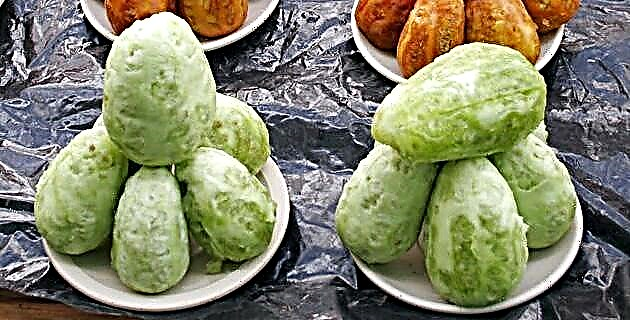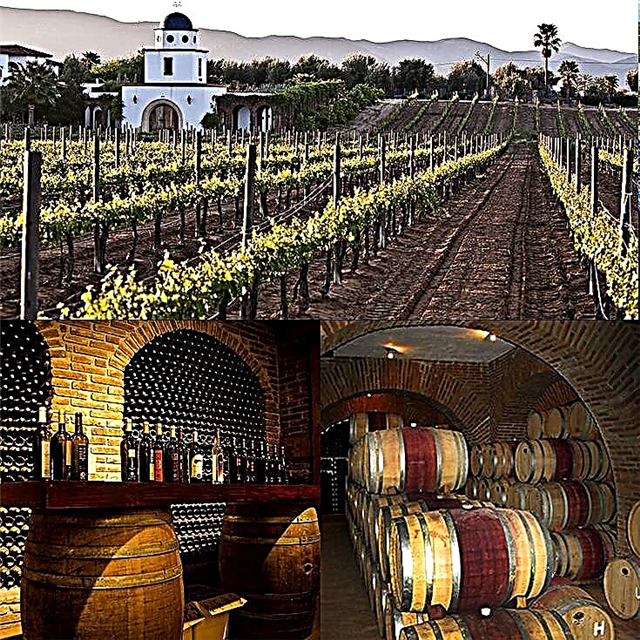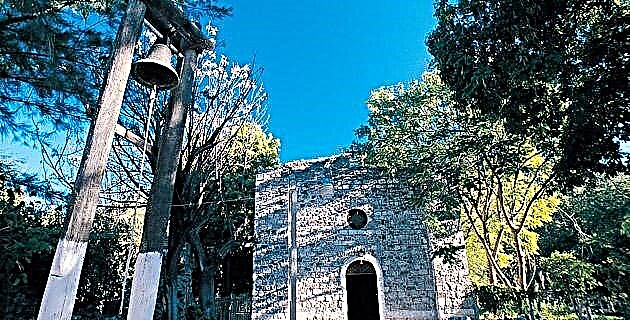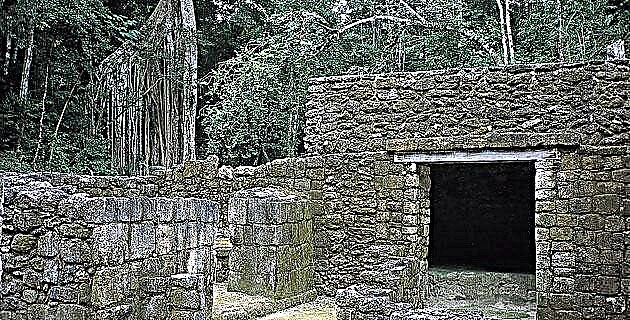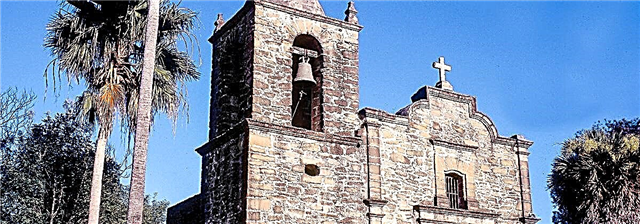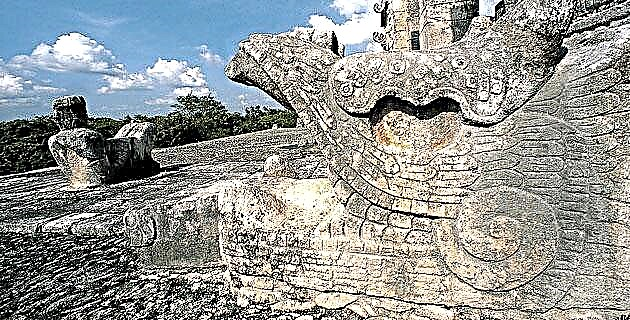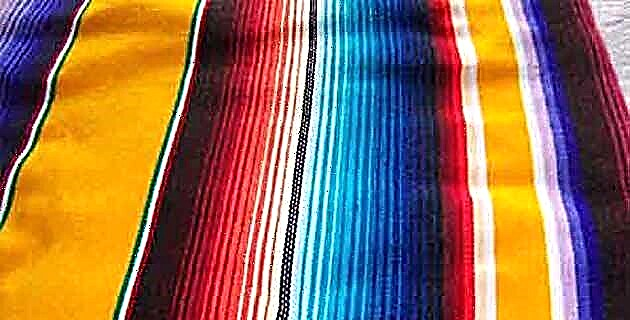
The serape, one of the garments of the traditional Mexican male clothing, contains in its elaboration, distribution, commercialization and use, not only particular socioeconomic and technological aspects, but also the experiences of the world in which the weavers are immersed, reflected through of the designs and motifs of their fabrics.
The history of the serape can be followed through the textile production of cotton and wool, raw materials with which it is manufactured, as well as its constant presence in men's trousseau.
This garment is made in various regions of the country, and for that reason it is designated by different names; the most common are tilma, overcoat, jacket, jorongo, cotton, blanket and blanket.
The serape is a unique garment that blends Mesoamerican and European weaving traditions. From the first he takes the use of cotton, dyes and designs; from the second, the process of preparing the wool until the assembly of the loom; Its development and flourishing occurred throughout the 18th and 19th centuries, when they were made with surprising quality (due to the technique, color and designs used) in many workshops in the current states of Zacatecas, Coahuila, Guanajuato, Michoacán, Querétaro, Puebla and Tlaxcala.
In the last century it was the inseparable garment of peons, horsemen, charros, léperos and townspeople. These domestically manufactured cottons, contrast with the luxurious sarapes worn by landowners and gentlemen at parties, in saraos, on the Paseo de la Viga, in the Alameda, as they have been described and painted by artists, travelers nationals and foreigners, who could not escape the spell of its color and design.
The serape accompanies the insurgents, Chinacos and Silvers; you saw the patriots in the war against the American or French invader; It is the pledge of liberals, conservatives and addicts to the emperor.
In the struggle of revolutionaries it is a flag, a refuge in the camp, a shroud for those who fall on the battlefield. Symbol of Mexicanness when simplistic reduction is necessary: with only the sombrero and the serape, the Mexican is defined, inside and outside our borders.
The serape, the masculine equivalent of the rebozo in women, serves as a coat, as a pillow, blanket and bedspread on cold nights in mountains and deserts; improvised cape in the Jaripeos, protective coat for the rain.
Due to the fineness of its weaving technique, its color and design, it is elegantly behaved either on foot or on horseback. Bent over the shoulder, it adorns the one who dances, hides the loving words of the lovers, accompanies them in serenades; It is present for the brides and a cradle for the child.
As the use of industrially produced clothing becomes popular, the serape moves from the city to the countryside, to places where charros and horsemen wear it and where the old people are reluctant to abandon it. In cities it adorns the walls and floors; It makes the houses where it is chosen as a tapestry or carpet cozy, and it serves to give atmosphere to the parties and "Mexican nights". It is, finally, part of the clothing of dancers and mariachis that in the squares accompany the early mornings of those who celebrate an event, or perhaps forget a disappointment.
Currently they can be made industrially with very sophisticated machinery, or in workshops where artisans work on wooden looms, and domestically, on backstrap looms. That is to say, along with serial manufacturing production and high division of labor, other artisan and family forms coexist that still preserve the old serape manufacturing.
The products are recognized for their technique, design and quality, and are destined for a different market, be it local, regional or national. For example, the multicolored serape produced in Chiauhtempan and Contla, Tlaxcala, is a basic piece in the clothing of the “Parachicos”, dancers from Chiapa de Corzo, Chiapas. The jorongos are sold to tourists inside and outside the country in stores specialized in Mexican crafts. Its price depends on both the forms of production and the raw materials used in its fabric.
Due to its presence in men's clothing, both through the history and textile geography of our country, the researchers of the Ethnography Subdirectorate of the National Museum of Anthropology undertook the task of collecting jorongos from various states of the Republic, made in communities with an ancient textile tradition or in places where migrants reproduce the forms of work typical of their places of origin.
The collection of sarapes at the National Museum of Anthropology includes a wide range of manufacturing techniques and styles; each one has characteristics that allow us to recognize where it comes from. For example, the multicolored lists make us think of the fabrics from SaltiIlo, Coahuila; Aguascalientes; Teocaltiche, Jalisco, and Chiauhtempan, Tlaxcala. The complicated work in weaving refers us to San Bernardino Contla, Tlaxcala; San Luis Potosi; Xonacatlán, San Pedro Temoaya and Coatepec Harinas, State of Mexico; Jocotepec and Encarnación de Díaz, Jalisco; Los Reyes, Hidalgo; Coroneo and San Miguel de Allende, Guanajuato.
The weavers who copy portraits and landscapes in their overcoats work in Guadalupe, Zacatecas; San Bernardino Contla, Tlaxcala; Tlaxiaco and Teotitlán deI Valle, Oaxaca. In this last place and in Santa Ana deI Valle, Oaxaca, they also use fibers dyed with natural dyes and reproduce paintings by famous authors.
It is common for the serape made on backstrap looms to consist of two woven canvases, which are joined together with such mastery that they resemble one, although those made on stake looms are in one piece. Although two-part sarapes are woven on pedal looms, generally one-piece fabrics are made on this machine. In this case, the hunchback is made an opening through which the head passes and the canvas slides up to the shoulders. This area and the lower part of the coat is the preferred one for making the most elaborate designs. The tips are rolled; in some places they are used to knotting them, and in others they add a border woven by hook.
In the production of sarapes, in the different ethnic groups of the country many traditional elements are preserved in the process of spinning, dyeing and weaving wool or cotton, in designs and in work tools. Of fine yarn in wool are the sarapes of the Coras and Huichols, as well as those made in Coatepec Harinas and Donato Guerra, State of Mexico; Jalacingo, Veracruz; Charapan and Paracho, Michoacán; Hueyapan, Morelos, and Chicahuaxtla, Oaxaca.
Those from San Pedro Mixtepec, San Juan Guivine and Santa Catalina Zhanaguía, Oaxaca, are made of wool and chichicaztle, vegetable fiber that gives the jorongos a green color and a thicker and heavier texture. In Zinacantán, Chiapas, men wear a small cotton (colera), woven with white and red cotton threads, adorned with multi-colored embroidery.
The backstrap loom is relevant among Tzotzil, Tzeltal, Nahua, Mixes, Huaves, Otomi, Tlapaneca, Mixtec and Zapotec weavers. The cotons of Chamula and Tenejapa, Chiapas, are magnificent; Chachahuantla and Naupan, Puebla; Hueyapan, Morelos; Santa María Tlahuitontepec, San Mateo deI Mar, Oaxaca; Santa Ana Hueytlalpan, Hidalgo; Jiquipilco, State of Mexico; Apetzuca, Guerrero, and Cuquila, Tlaxiaco and Santa María Quiatoni, Oaxaca.
The stake loom used by Yaqui, Mayos, and Rrámuri women in the north of the country, consists of four buried logs; The logs that allow the framework of the fabric and the production of sarapes in Masiaca, Sonora and Urique, Chihuahua, are crossed over them.
The pedal loom is generally made of wood; it is used to make larger dimensions faster and to repeat patterns and decorative motifs; likewise, it allows incorporating upholstery techniques. Among the vast production of serape, those from Malinaltepec, Guerrero; Tlacolula, Oaxaca; Santiago Tianguistenco, State of Mexico; Bernal, Querétaro, and El Cardonal, Hidalgo.
The Saltillo serape
It is considered that throughout the eighteenth century and the first half of the nineteenth, the best jorongos were made, which have been called "classics" for the perfection and technique achieved in their manufacture.
The tradition of weaving on pedal looms comes from the Tlaxcalans, allies of the Spanish Crown in the colonization of the north of the country, who live in some localities of Querétaro, San Luis Potosí, Coahuila, and in Taos, the Rio Grande Valley and San Antonio, of the present United States of North America.
The existence of large cattle ranches in those regions ensured the raw material and the market for this garment, which became the favorite clothing of those attending the fair in those years in Saltillo. From this city known as the “Key to the Inland”, merchants bring unique pieces to other fairs: the Apache fairs in Taos and those of San Juan de los Lagos, Jalapa and Acapulco.
During the colonial period, several cities compete with the sarapes that are made in Saltillo and, little by little, this name is being associated with a certain style characterized by its excellent technique, color and design.
However, the political changes that took place after Independence upset the entire economic life of the country. The lack of crops affects livestock, and the insecurity on the roads, the price of wool and that of sarapes, for which only some gentlemen can buy and display them in the Paseo de la Villa and the Alameda in the city. from Mexico. The open doors of the nation allow the arrival of many Europeans who with astonished eyes see our beaches, landscapes, cities and terracotta women and black eyes. Of the masculine clothing, the polychrome serape of Saltillo attracted attention, so much so that artists such as Nebel, Linati, Pingret, Rugendas and Egerton captured it in different canvases and engravings. Similarly, authors such as Marquesa Calderón de Ia Barca, Ward, Lyon and Mayer describe it in European and Mexican books and newspapers. National artists do not escape his influence either: Casimiro Castro and Tomás Arrieta dedicate several Iitographs and paintings to him; For their part, Payno, García Cubas and Prieto devote several pages.
In the fight for the separation from Texas (1835), Mexican soldiers wore sarape over their shabby uniforms, which contrasted with those of their leaders, such as the one worn and lost by General Santa Anna. This date and that of the war against the United States (1848), serve to safely date some styles of the serape, and the elements in the design allow an evolutionary line to be traced through the centuries of the Colony. The aforementioned contest seems to delimit the peak of the production of the sarapes that were carried by the soldiers to decorate their houses, as well as those of their girlfriends, sisters and mothers.
The war, the construction of the railroad and the development of Monterrey affect the Saltillo fair and are determining factors for the decline of the perfectionist elaboration of fabrics in that city.
The Saltillo serape then follows the northern roads. The Navajos learned to use wool and to weave sarapes in the Rio Grande Valley, Arizona, and Valle Redondo, New Mexico, in the shape and style of the Saltillo. Another influence seems to be found in some fabrics in the country, for example in Aguascalientes and San Miguel de Allende; however, those made in the centuries mentioned are different. The sarapes called Saltillo that are made in various communities in the state of Tlaxcala, as well as in San Bernardino Contla, San Miguel Xaltipan, Guadalupe Ixcotla, Santa Ana Chiautempan and San Rafael Tepatlaxco, from the municipalities of Juan Cuamatzi and Chiautempan, are of great artisan value.
The beauty of the garment that has transcended our borders, as well as the respect of Mexicans for their customs, have kept the serape alive: as a useful clothing and as a symbol of tradition.
Source: Mexico in Time No. 8 August-September 1995

